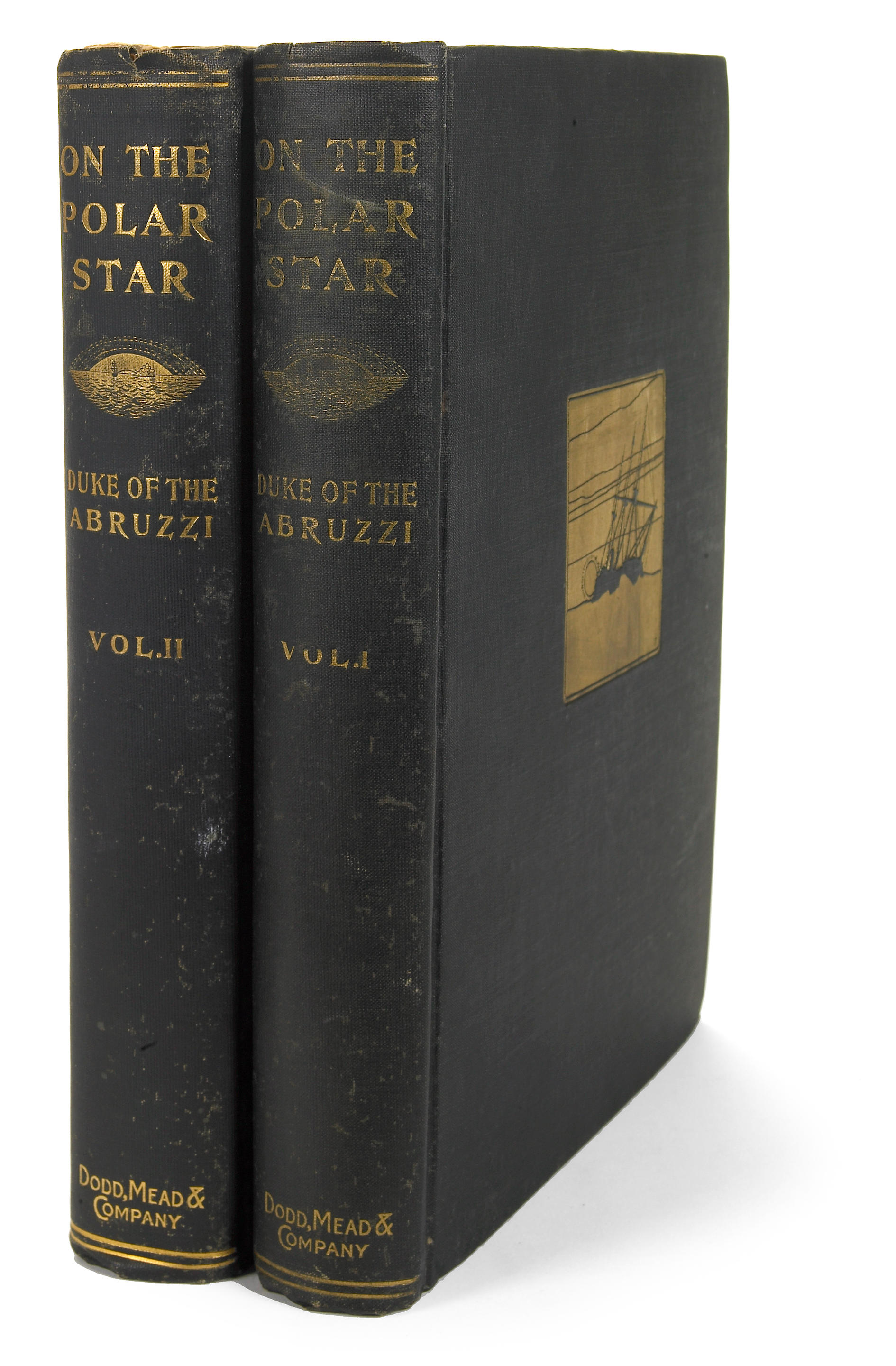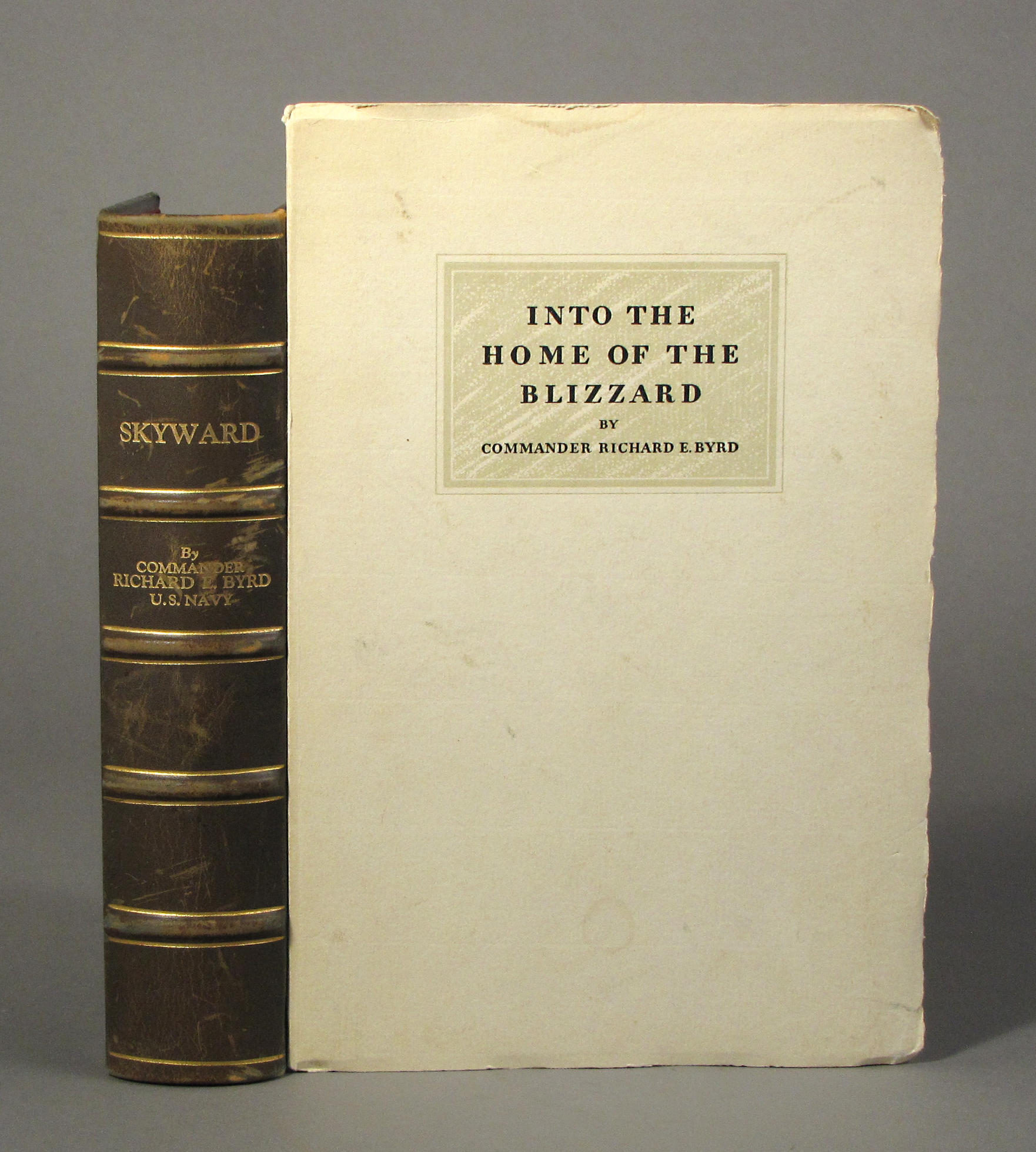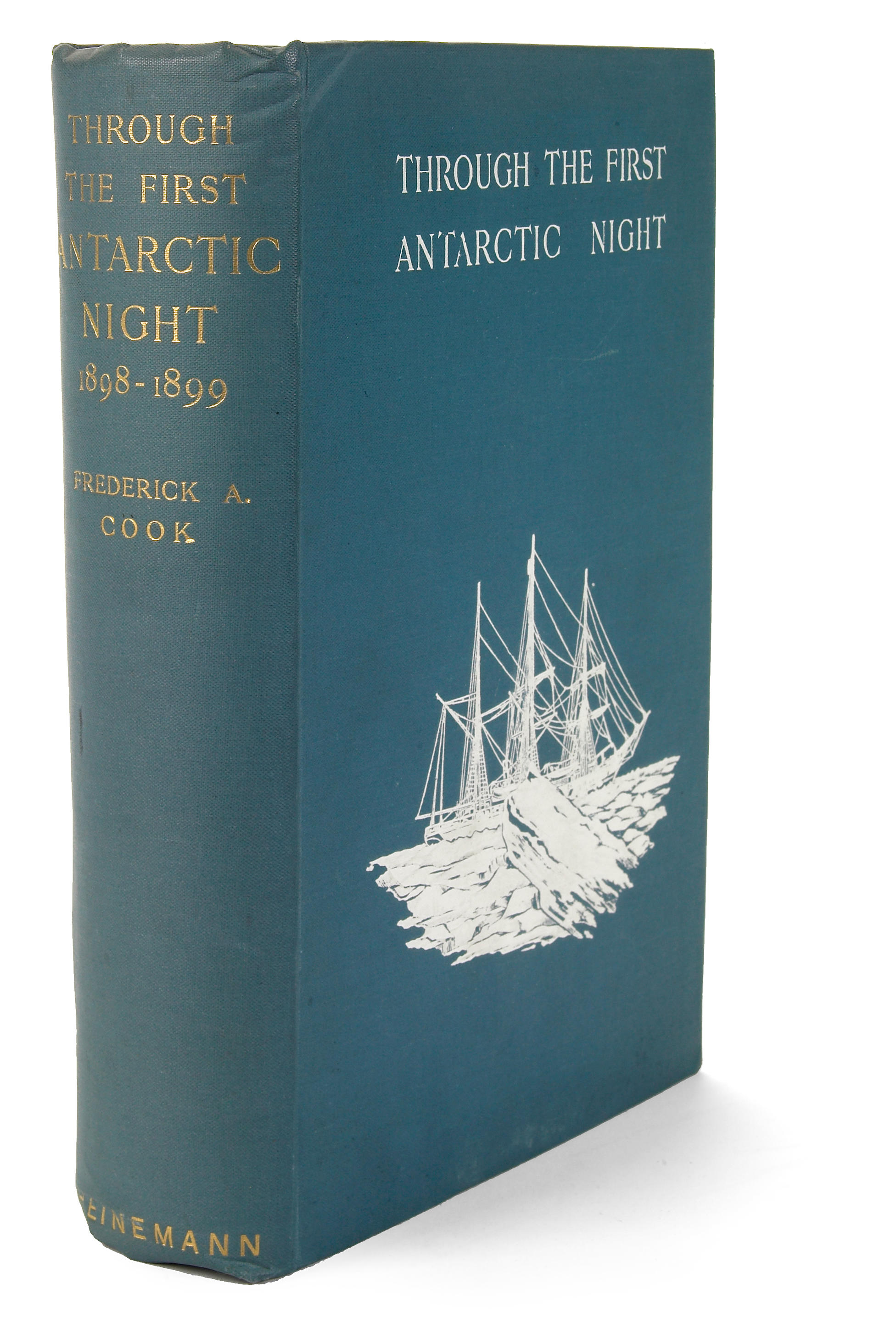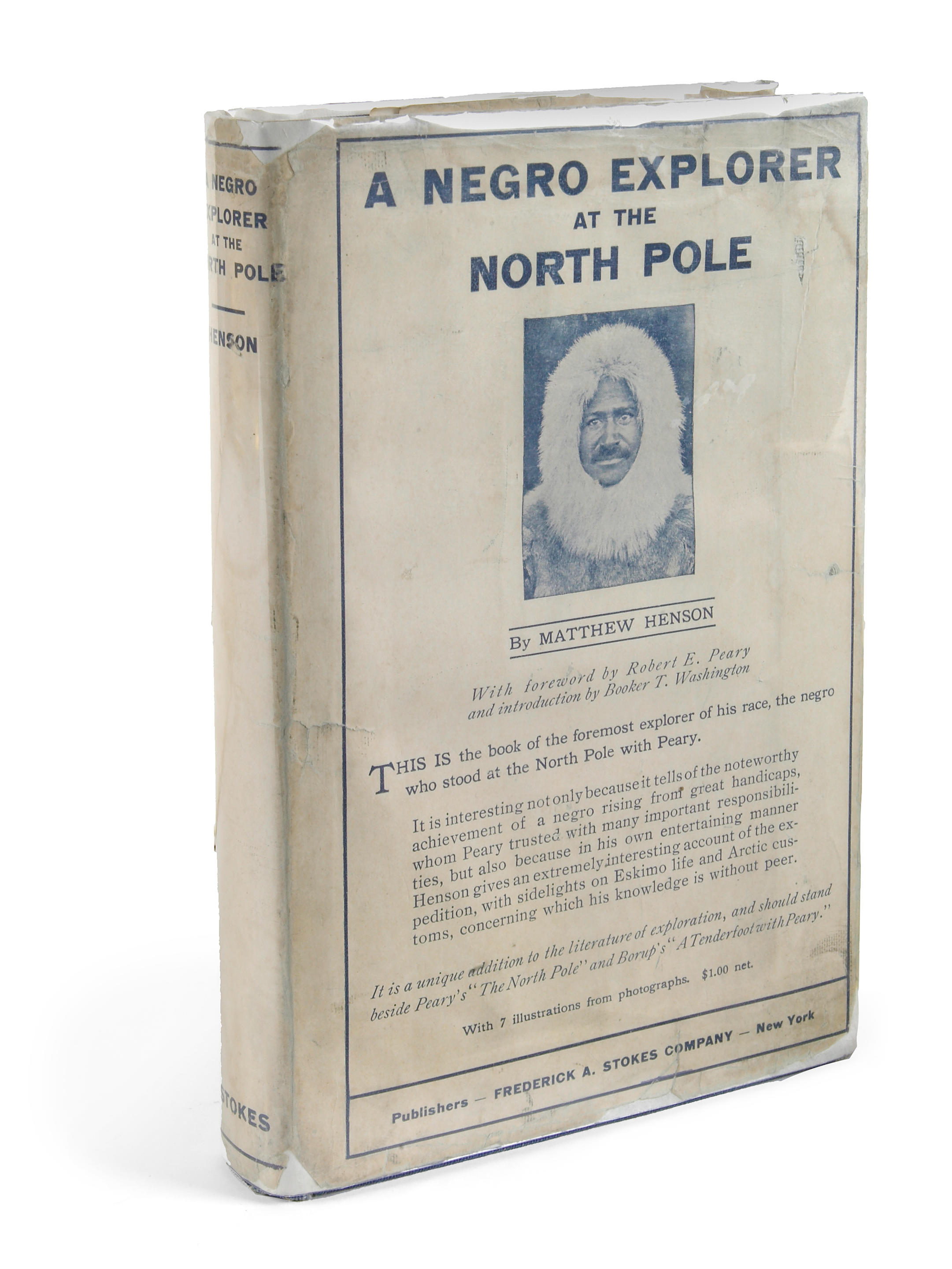The papers of Roberto Berdecio [1910–1996], Bolivian-born revolutionary artist. Comprising approximately 50 items of correspondence to and from Berdecio, 1937-1995, mostly typed and in Spanish, some in English. A veritable constellation of Latin-American artists, this archive is summed up in a single-page typed "Declaracion de Principios" with multiple annotations, signed by Roberto Berdecio Juan O'Gorman Raúl Anguiano Amador Lugo, Gerardo "Dr. Atl" Murillo, Luis Echeverría (later President of Mexico) and other artists, in which they agree that they should work together to serve the nation and people of Mexico "para su progreso, independencia, bienestar y dearrollo cultural." Born in Bolivia, Berdecio held his first exhibition in Mexico City in 1934, and in 1936 went to New York as one of Mexico's delegates to the First Panamerican Congress of Artists against War and Fascism. There, he won a commission for three murals at the Workers Bookshop on E. 13th St., which he promised would "not be a work of art for museum exhibits, or for the appreciation of connoisseurs, snobs, or professional art-critics. They will be a work of art for the people" and would "fill the spectactors with a sense of political militancy" (typed proposal with numerous pencil annotations). He would dispense with "anachronistic mediums" and employ technical innovations such as the air brush, synthetic paint, and a projector for enlarging preliminary sketches, inspired by the work of David Alfaro Siquerios. Nonetheless, some at the Bookshop were concerned that "Comrade Berdecio's draft for the murals depicts American capitalism more in the aspect of the Hooverian administration... The issue of peace, the struggle for collective security against reactionary isolationism and false neutrality... should be prominently reflected in the murals" (typed memo). In an typed essay present in both Spanish draft and English final version, Berdecio sets out his manifesto "Towards a Complete Transformation of the Plastic Arts," arguing that "La salvación del arte esta unida a la salvación de la socieded misma... La America democrática, un pueblo nuevo y dinámico, espera un arte nuevo que sea la equivalencia del dinámico mundo contemporaneo." Berdecio's successful application for a Guggenheim Fellowship, similarly present in draft and final versions, sees him explaining to the Foundation his theories on "kinetic perspective," in which the forms of a painting modify themselves as the spectator passes along it. Several letters in 1962-3 relate to a competition organized by the National Agrarian Reform Service of Bolivia for murals at the Monument of the National Revolution. Berdecio points out the absurdity of organizing a mural competition in Bolivia "donde tan sólo existen dos ó tres muralistas." He suggests offering the project instead to a group of several artists, and thereby avoiding "un desastre democratico." Included also is a typed letter signed by Berdecio's fellow muralist, Juan O'Gorman recommending him to the Mexican Institute for Social Security, based on Berdecio's previous work for the Pediatric Hospital. A 2-page draft contract between O'Gorman and Berdecio spells out the arrangements for collaborative artworks, where O'Gorman would put his name to the work and take 75% of the proceeds. Further highlights include Autograph Letters Signed by: RAUL ANGUIANO, reporting on the wonders of Europe and London's 80% ratio of pretty women; Siqueiros, arranging a meeting in New York; DIEGO RIVERA asking Zamora to give Berdecio details of the mural in Guatemala; JUAN O'GORMAN gossiping about possible exhibitions at the Whitney, MoMA, Guggenheim and Jewish Museums, about Huntington Hartford being an antisemite despite being friends with Jewish gallery owner Terry Dintenfass, and about Edgar Kaufmann (of Frank Lloyd Wright "Fallingwater" fame) calling the Jewish Museum a "belly ache"; another by him, about the naïve art students at Yale who reject realism as "decadent
The papers of Roberto Berdecio [1910–1996], Bolivian-born revolutionary artist. Comprising approximately 50 items of correspondence to and from Berdecio, 1937-1995, mostly typed and in Spanish, some in English. A veritable constellation of Latin-American artists, this archive is summed up in a single-page typed "Declaracion de Principios" with multiple annotations, signed by Roberto Berdecio Juan O'Gorman Raúl Anguiano Amador Lugo, Gerardo "Dr. Atl" Murillo, Luis Echeverría (later President of Mexico) and other artists, in which they agree that they should work together to serve the nation and people of Mexico "para su progreso, independencia, bienestar y dearrollo cultural." Born in Bolivia, Berdecio held his first exhibition in Mexico City in 1934, and in 1936 went to New York as one of Mexico's delegates to the First Panamerican Congress of Artists against War and Fascism. There, he won a commission for three murals at the Workers Bookshop on E. 13th St., which he promised would "not be a work of art for museum exhibits, or for the appreciation of connoisseurs, snobs, or professional art-critics. They will be a work of art for the people" and would "fill the spectactors with a sense of political militancy" (typed proposal with numerous pencil annotations). He would dispense with "anachronistic mediums" and employ technical innovations such as the air brush, synthetic paint, and a projector for enlarging preliminary sketches, inspired by the work of David Alfaro Siquerios. Nonetheless, some at the Bookshop were concerned that "Comrade Berdecio's draft for the murals depicts American capitalism more in the aspect of the Hooverian administration... The issue of peace, the struggle for collective security against reactionary isolationism and false neutrality... should be prominently reflected in the murals" (typed memo). In an typed essay present in both Spanish draft and English final version, Berdecio sets out his manifesto "Towards a Complete Transformation of the Plastic Arts," arguing that "La salvación del arte esta unida a la salvación de la socieded misma... La America democrática, un pueblo nuevo y dinámico, espera un arte nuevo que sea la equivalencia del dinámico mundo contemporaneo." Berdecio's successful application for a Guggenheim Fellowship, similarly present in draft and final versions, sees him explaining to the Foundation his theories on "kinetic perspective," in which the forms of a painting modify themselves as the spectator passes along it. Several letters in 1962-3 relate to a competition organized by the National Agrarian Reform Service of Bolivia for murals at the Monument of the National Revolution. Berdecio points out the absurdity of organizing a mural competition in Bolivia "donde tan sólo existen dos ó tres muralistas." He suggests offering the project instead to a group of several artists, and thereby avoiding "un desastre democratico." Included also is a typed letter signed by Berdecio's fellow muralist, Juan O'Gorman recommending him to the Mexican Institute for Social Security, based on Berdecio's previous work for the Pediatric Hospital. A 2-page draft contract between O'Gorman and Berdecio spells out the arrangements for collaborative artworks, where O'Gorman would put his name to the work and take 75% of the proceeds. Further highlights include Autograph Letters Signed by: RAUL ANGUIANO, reporting on the wonders of Europe and London's 80% ratio of pretty women; Siqueiros, arranging a meeting in New York; DIEGO RIVERA asking Zamora to give Berdecio details of the mural in Guatemala; JUAN O'GORMAN gossiping about possible exhibitions at the Whitney, MoMA, Guggenheim and Jewish Museums, about Huntington Hartford being an antisemite despite being friends with Jewish gallery owner Terry Dintenfass, and about Edgar Kaufmann (of Frank Lloyd Wright "Fallingwater" fame) calling the Jewish Museum a "belly ache"; another by him, about the naïve art students at Yale who reject realism as "decadent















Testen Sie LotSearch und seine Premium-Features 7 Tage - ohne Kosten!
Lassen Sie sich automatisch über neue Objekte in kommenden Auktionen benachrichtigen.
Suchauftrag anlegen